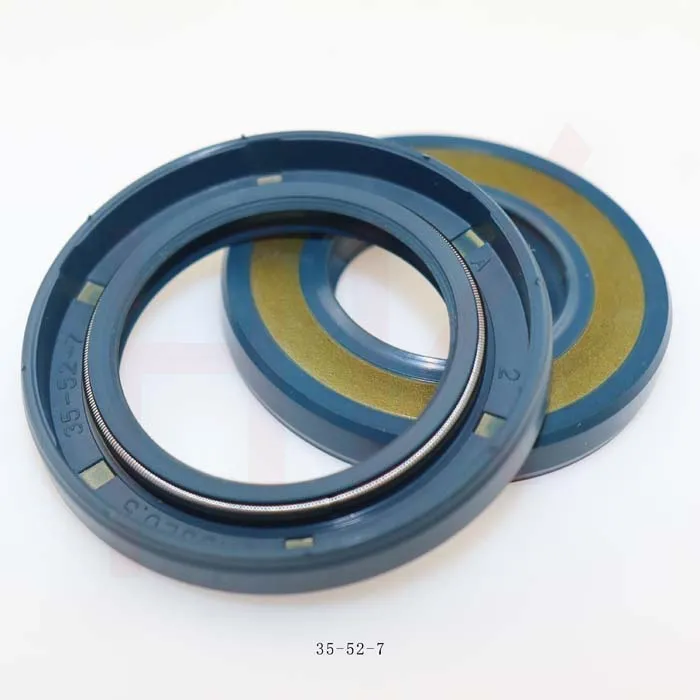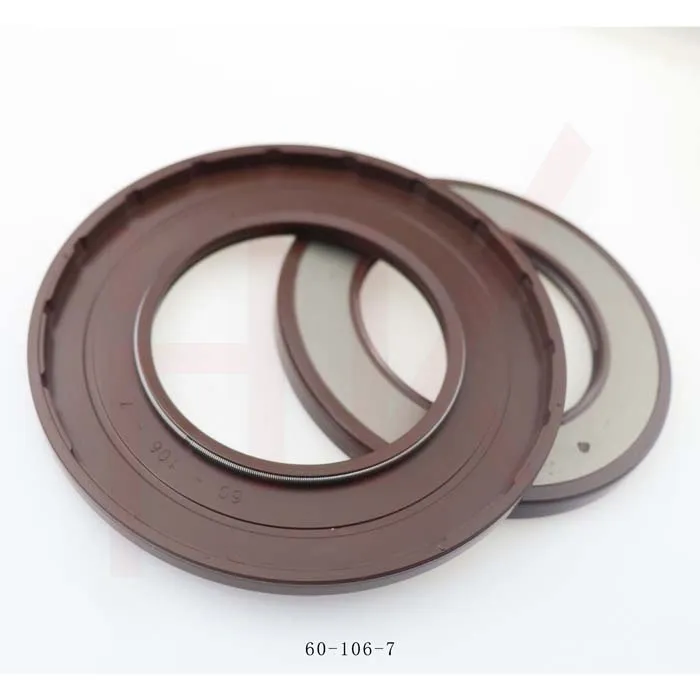Feb . 14, 2025 21:55 Back to list
170×200×15 Rubber Oil Seal From Tcv NBR FKM High Pressure Oil Seal Tcv Oil Seal


Trust in the manufacturer of oil seals is equally vital. Reputable manufacturers subject their seals to rigorous testing, simulating extreme pressure scenarios to ensure reliability and durability. Their adherence to international quality standards and certifications such as ISO 9001 reinforces the trustworthiness and reliability of their products. When sourcing high-pressure oil seals, prioritize companies with a proven track record and positive customer feedback, as these are indicators of product quality and customer support. For businesses and engineers seeking authoritative data, it’s advisable to consult with industry experts and leverage simulation software that predicts seal performance under various conditions. These simulations, combined with empirical testing, provide invaluable insights, enabling informed choices that align with specific operational needs. In conclusion, the right oil seal can significantly impact the efficiency and lifespan of machinery operating in high-pressure environments. A comprehensive understanding of material properties, precise installation techniques, and reliance on reputable manufacturers ensures that the selected oil seal not only meets but exceeds operational demands. Whether you are an engineer tasked with maintaining industrial equipment or a procurement manager, prioritizing these factors will lead to optimal outcomes, safeguarding your investment and enhancing operational efficiency.
-
TCN Oil Seal Metal Ring Reinforcement for Heavy Machinery
NewsJul.25,2025
-
Rotary Lip Seal Spring-Loaded Design for High-Speed Applications
NewsJul.25,2025
-
Hydraulic Cylinder Seals Polyurethane Material for High-Impact Jobs
NewsJul.25,2025
-
High Pressure Oil Seal Polyurethane Coating Wear Resistance
NewsJul.25,2025
-
Dust Proof Seal Double Lip Design for Construction Equipment
NewsJul.25,2025
-
Hub Seal Polyurethane Wear Resistance in Agricultural Vehicles
NewsJul.25,2025
-
The Trans-formative Journey of Wheel Hub Oil Seals
NewsJun.06,2025
Products categories
















